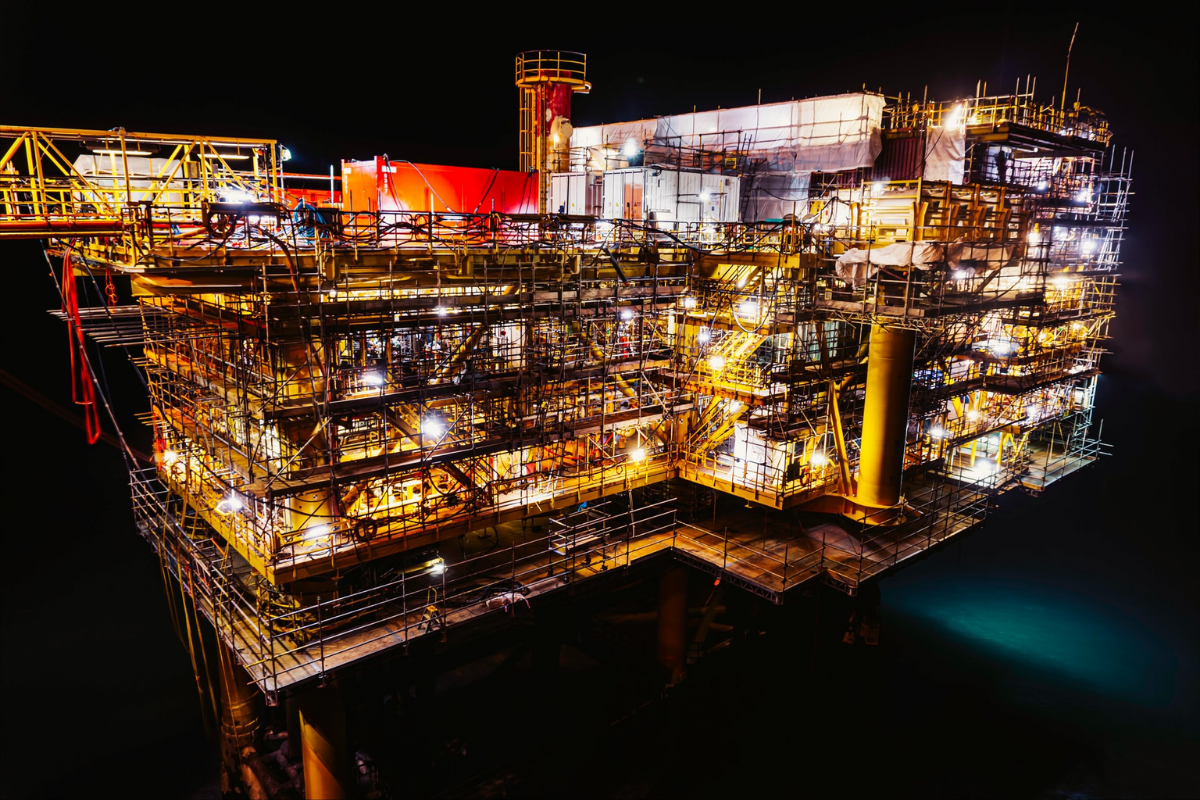
The qualities of oil and gas generation depend on the type of organic matter and the maturation process. Some people differentiate between conventional and unconventional resources (light and heavy crude oil): unconventional reservoirs require specific and often expensive techniques regarding exploitation processes.
Unconventional resources
In unconventional resources, the distribution of pores is uneven, and low connectivity due to narrow capillaries results in very low permeability. Gas flow through these rocks is generally low, and specific methods are required to produce it, such as hydraulic fracturing.
Unconventional reservoirs
Heavy crude oil or extra-heavy crude oil is any type of crude oil that does not flow easily. It is named “heavy” because its density or specific gravity is greater than that of light crude oil. While oil density is essential for assessing resource value and estimating refining yield and costs, the fluid property that affects the most production and recovery is oil viscosity.
Unlike conventional systems, this shows that the production of unconventional resources is not easy with existing technology (Low permeability reservoirs or high viscosity oils).
What does the EOR consist of?
Heavy oil is an abundant energy source but is more expensive to produce than light or conventional oil. The vast majority of heavy oils are not recoverable in their natural form or through conventional production methods.
As heavy oil is less valuable, more complex to produce, and more difficult to refine than conventional oils, a big question arises: How can production from unconventional fields be increased?
Traditional hydrocarbon production is carried out in three phases:
- Primary Production: Depletion Oil is naturally produced thanks to the initial energy stored within the reservoir.
- Secondary Production: To maintain production and reservoir pressure, water -or sometimes gas- is injected to push the hydrocarbons.
- Tertiary Production: Injection of specific substances to increase recovery (gas, chemicals, steam, etc.)
Importance of enhanced recovery EOR
In the primary and secondary production stages, only 35% of the original oil in place (conventional) is recovered. Therefore, 65% of the remaining oil after secondary production recovery is trapped inside the pores by different forces. This stage is where heavy oil recovery methods come into vitality.
The enhanced oil recovery process EOR is a sustainable strategy. The process is the aggregate of methods that use external sources of energy and/or materials to recover crude oil from wells not able for production through conventional means (primary and secondary recovery).
At Nakasawa Resources, we believe that the oil industry’s future is fundamentally tied to the exploitation of heavy crudes to meet the growing global demand for energy in the near future and the diet of many refineries for the generation of various feedstocks and by-products.
Besides, heavy oil fields have a considerable advantage over their lighter counterparts, namely their longevity. These heavy oil fields can remain in production for a hundred years or more. Therefore, we are committed to developing upstream technologies that contribute to establishing sustainable solutions for heavy oil reserves extraction through thermal processes.
To read the full article, download here.


